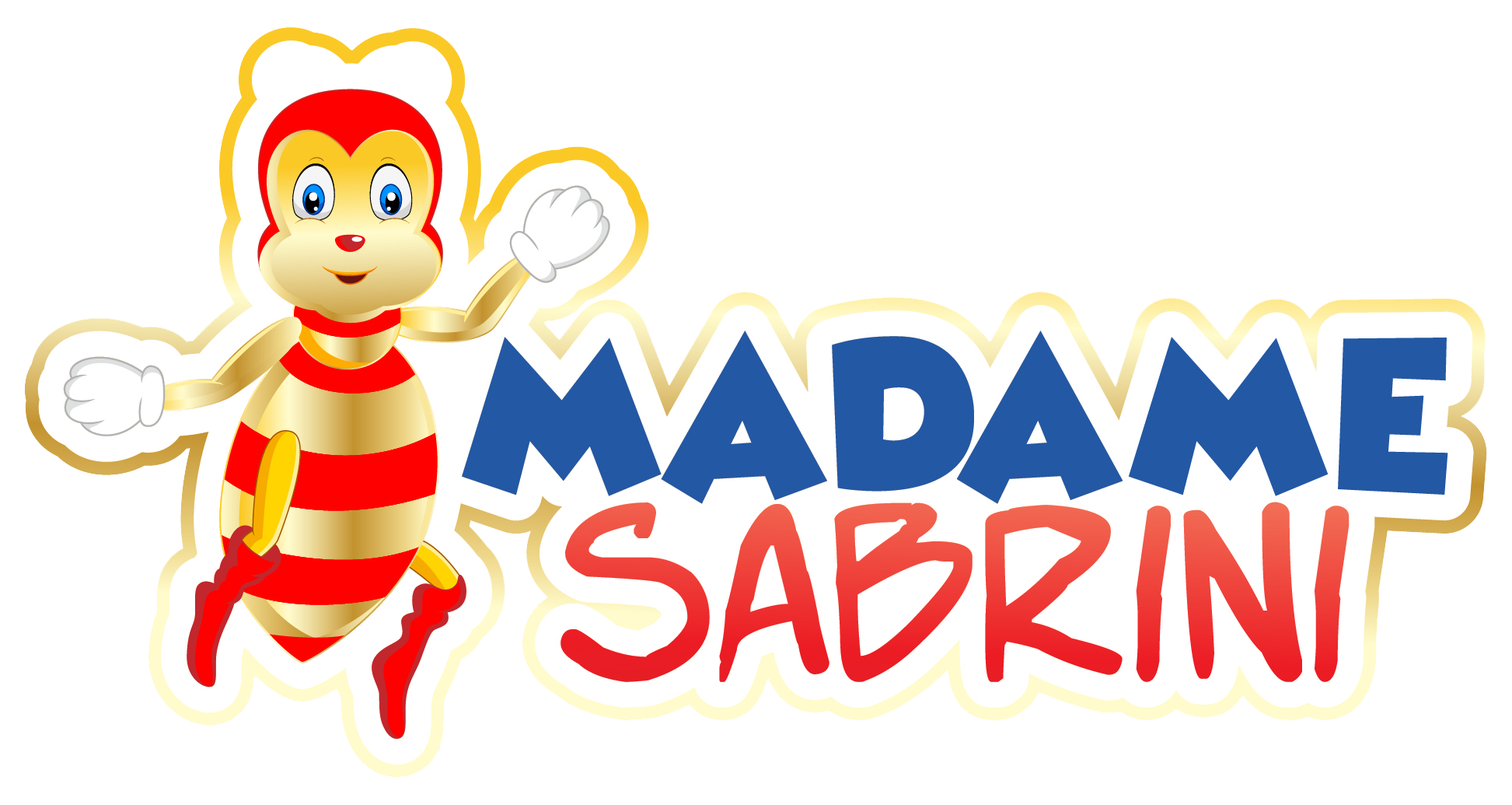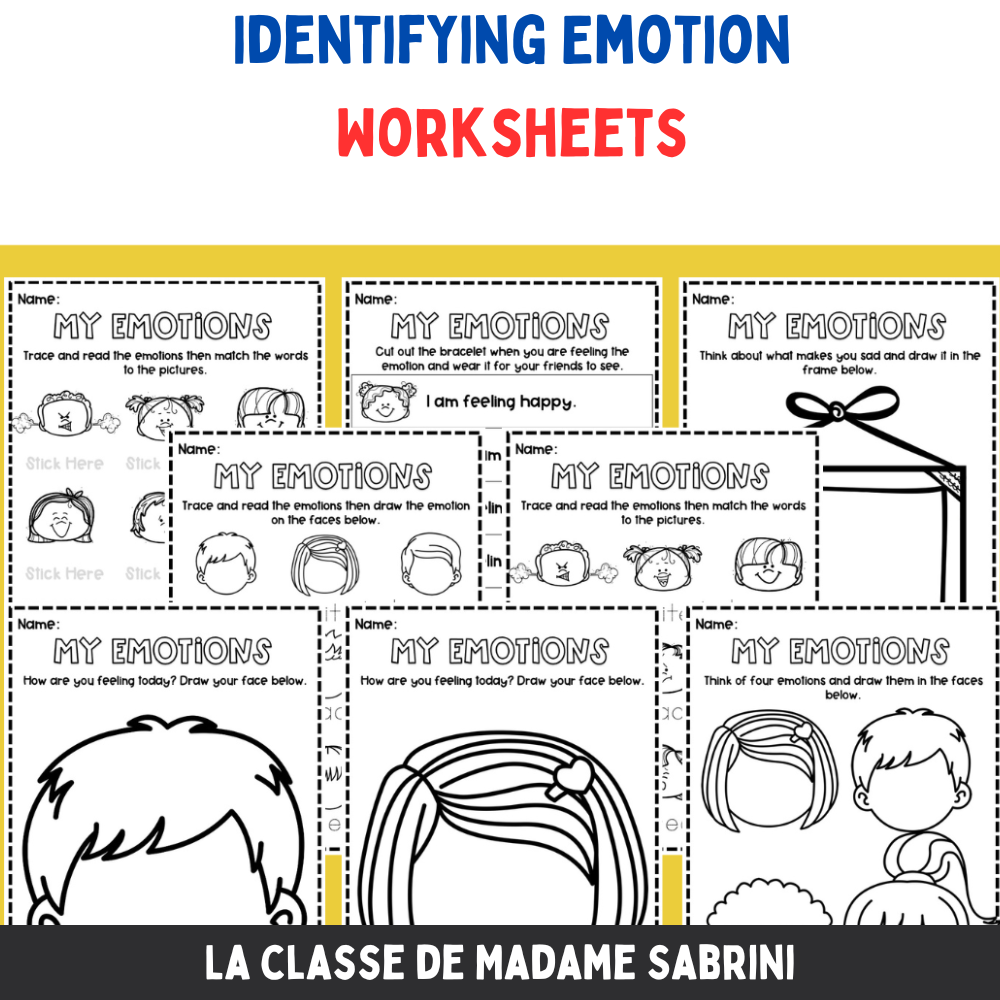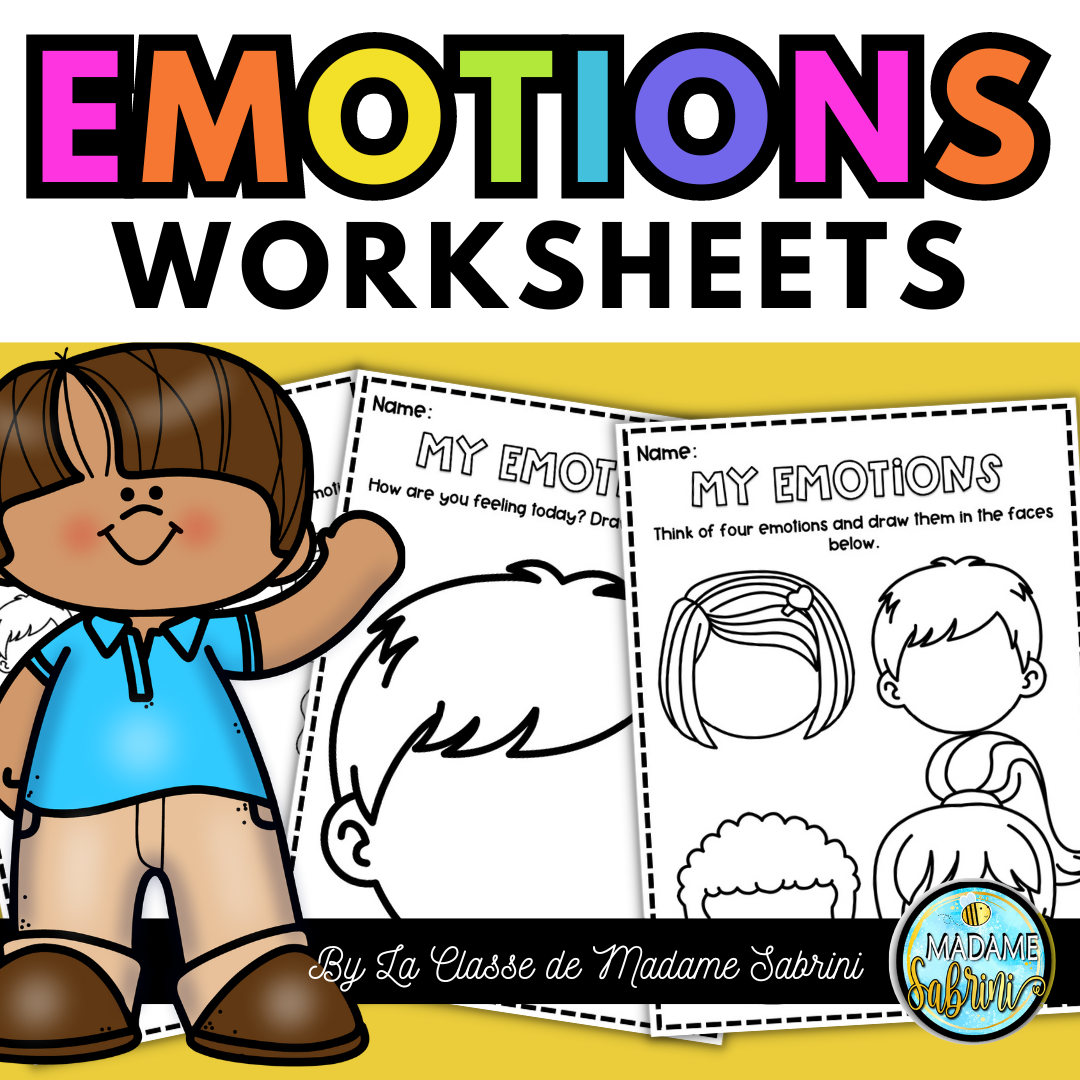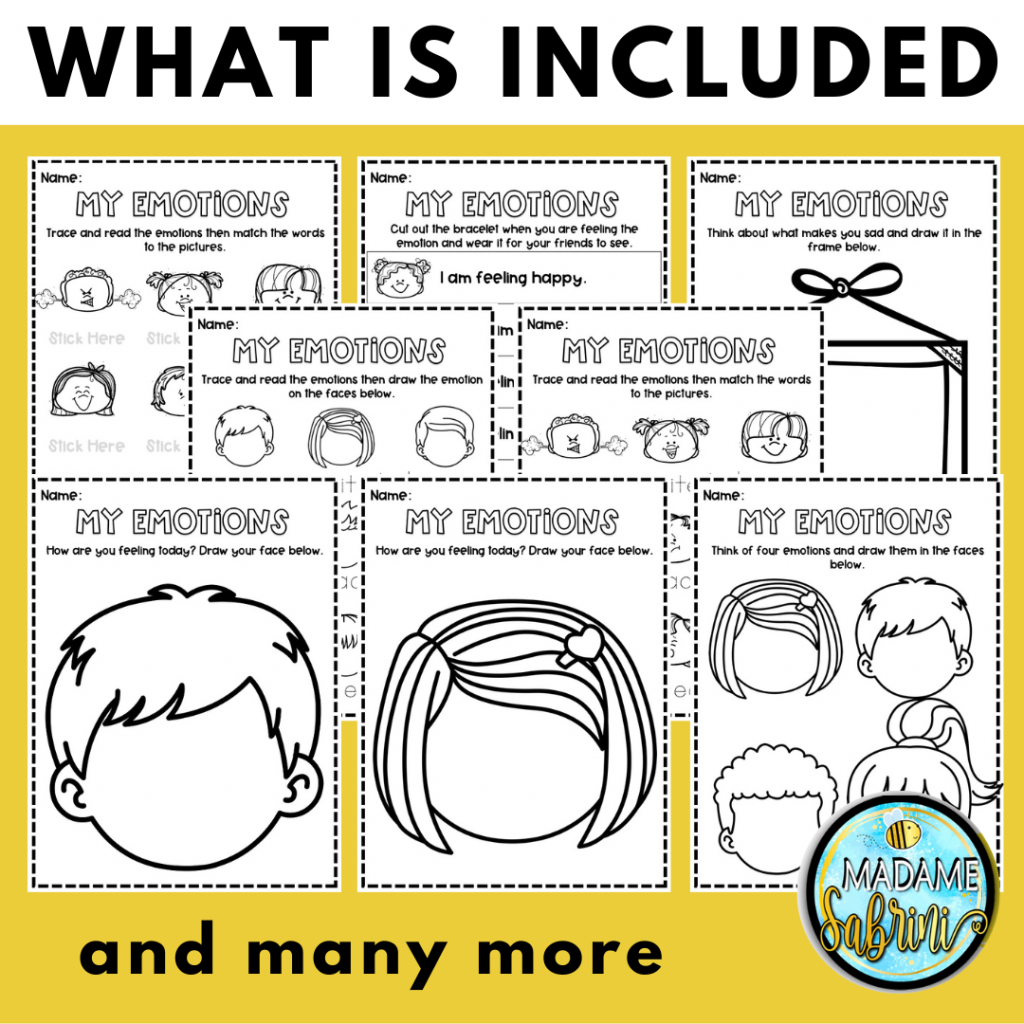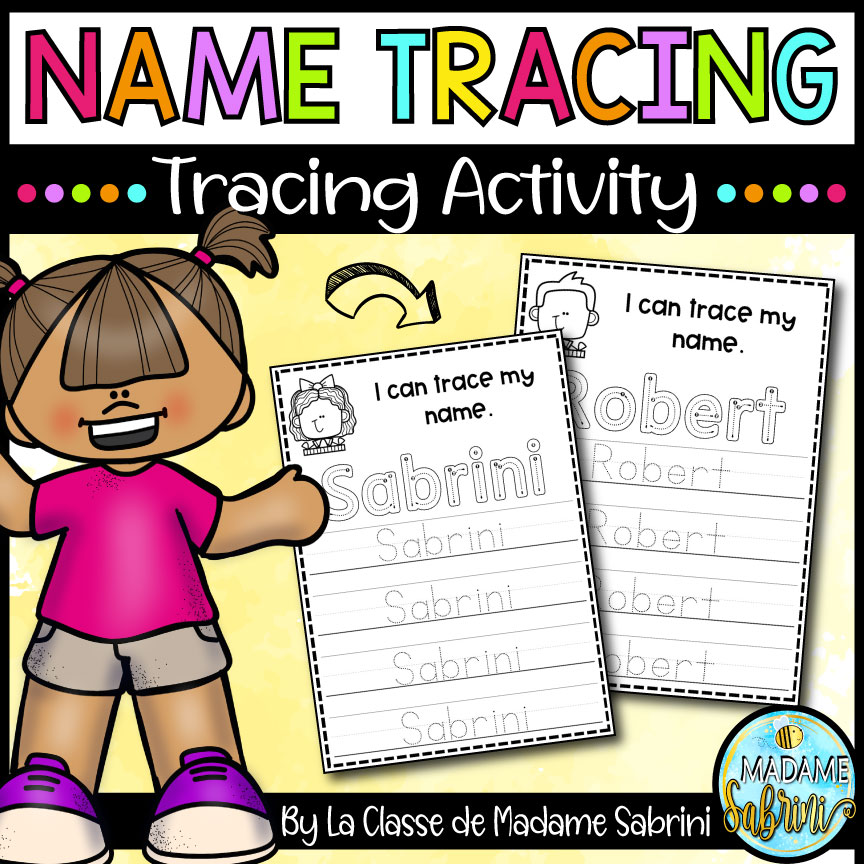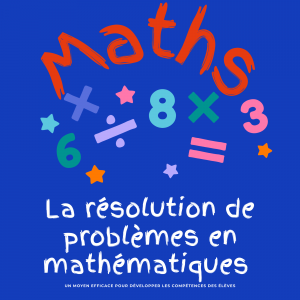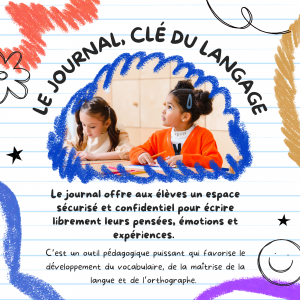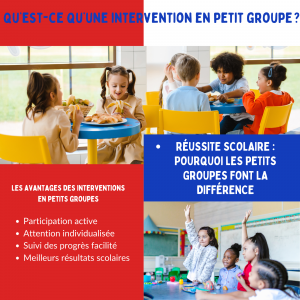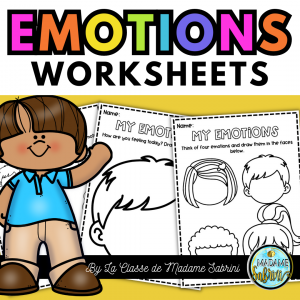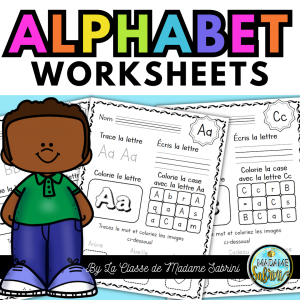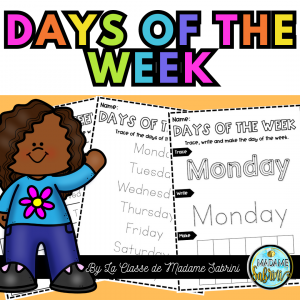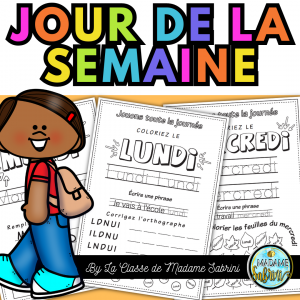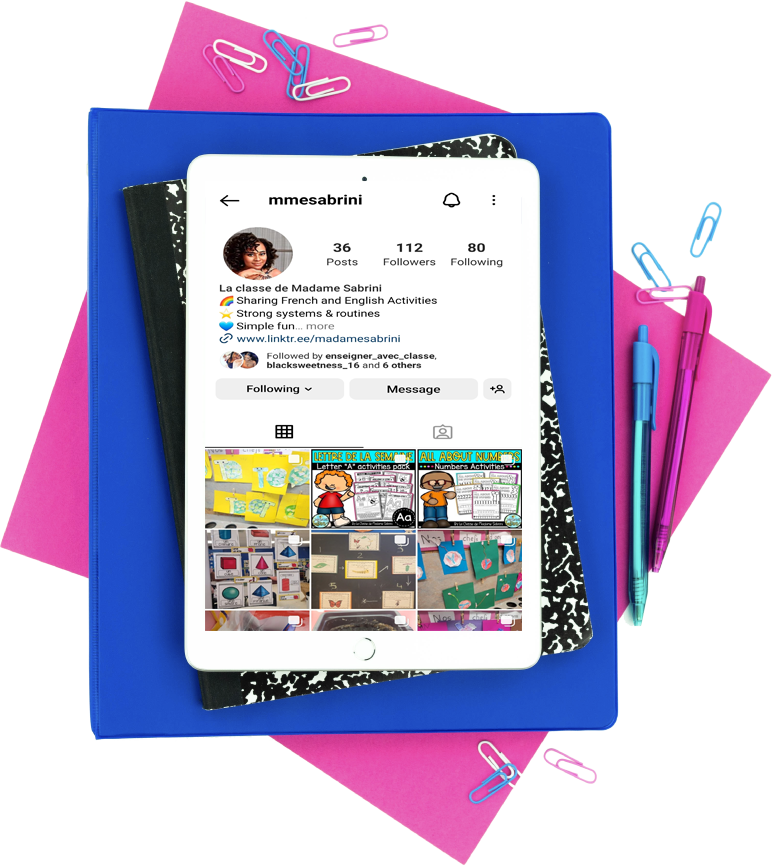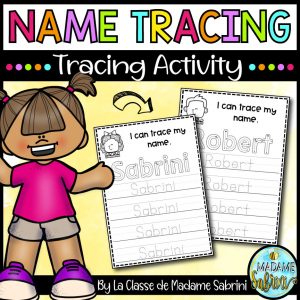Teaching children about emotions is an essential part of their social and emotional development. However, it can often be challenging to find the right resources and tools to effectively teach this concept to young learners. That’s why we have created our emotions worksheets for kindergarten students. These worksheets are designed to make learning about emotions easy, fun, and interactive. With a variety of activities and exercises, these worksheets will help children recognize and understand their own emotions as well as those of others. Let’s dive in and see how our emotions worksheets for kindergarten can help your child develop a better understanding of their feelings.
Understanding the Importance of Emotion Recognition in Children
Emotion recognition is a fundamental skill that plays a crucial role in a child’s overall development. It allows children to understand and navigate their own emotions, as well as interpret and respond to the emotions of others. By recognizing and acknowledging their emotions, children can better express themselves, establish meaningful relationships, and develop empathy and compassion.
Emotion recognition in children is particularly significant because it sets the foundation for emotional intelligence. Research has shown that children who have a higher level of emotional intelligence are more likely to succeed academically, have healthier relationships, and exhibit better mental health.
Moreover, emotion recognition helps children manage their emotions effectively. By identifying and labeling their feelings, children gain a sense of control over their emotional experiences, leading to increased self-regulation skills. They learn how to express their emotions appropriately, rather than resorting to tantrums or aggression.
Additionally, emotion recognition is essential for social interactions. When children can recognize emotions in others, they are better equipped to understand and respond to the needs and feelings of those around them. This leads to stronger social connections, improved communication skills, and a greater sense of belonging.
By emphasizing emotion recognition in children, we empower them to navigate the complexities of the social world with confidence and understanding. It is an invaluable skill that will benefit them throughout their lives. In the following sections, we will explore various tools and strategies to help children develop this vital skill, starting with our Emotions and Feelings flashcards.
Exploring Our Emotions and Feelings Flashcards
Our Emotions and Feelings flashcards are a fantastic resource for kindergarten students to explore and understand their emotions. These flashcards feature a range of colorful and engaging illustrations that depict various emotions, such as happiness, sadness, anger, and surprise. By using these flashcards, children can begin to identify and label different emotions, making the abstract concept of feelings more concrete and tangible.
One activity you can do with the flashcards is to play a game of “Emotion Charades.” Have your child pick a card from the deck and act out the emotion without speaking. You can take turns guessing what emotion they are portraying. This game not only helps children recognize different emotions, but it also encourages them to express and communicate their feelings in a nonverbal way.
Another activity is to have your child sort the flashcards into categories based on the intensity of the emotions depicted. For example, they can sort the cards into “mild,” “moderate,” and “intense” emotions. This activity promotes emotional awareness and helps children understand that emotions can vary in intensity.
Additionally, you can use the flashcards to create storytelling prompts. Choose a card and ask your child to create a story that revolves around that particular emotion. This activity encourages imagination and empathy, as children have to put themselves in the shoes of someone experiencing that emotion.
Overall, our Emotions and Feelings flashcards are a versatile and valuable tool for teaching children about emotions. Through engaging activities and discussions, children can develop a better understanding of their own feelings and those of others.
Incorporating Kindergarten Worksheets in Emotional Learning
In addition to our Emotions and Feelings flashcards, our emotions worksheets for kindergarten provide valuable tools to enhance emotional learning in young children. These worksheets are designed to be interactive and engaging, making it easy for children to grasp the concepts of emotions and their expressions. By incorporating these worksheets into their daily routine, parents and educators can create a supportive environment for emotional growth and development.
The worksheets cover a range of topics, including identifying emotions, expressing feelings, and understanding the emotions of others. They feature a variety of activities such as coloring, matching, and drawing, allowing children to learn about emotions through hands-on experiences. By completing these activities, children can not only develop a better understanding of their own emotions but also practice empathy and compassion towards others.
Incorporating these worksheets into emotional learning activities can be done in a variety of ways. They can be used as a standalone activity, or integrated into existing lesson plans. Parents and educators can also use them as conversation starters, discussing the different emotions depicted in the worksheets and encouraging children to share their own experiences.
By incorporating our emotions worksheets into their emotional learning journey, parents and educators can provide children with the tools they need to develop a better understanding of their emotions. This will not only benefit their social and emotional development but also set them on a path towards greater emotional intelligence and well-being.
The Role of Open Conversation in Developing Emotional Intelligence
Open conversation plays a crucial role in developing emotional intelligence in children. When children feel comfortable talking about their emotions, it fosters a deeper understanding of their feelings and encourages self-reflection. By engaging in conversations about emotions, children learn to identify and articulate their feelings, which leads to better emotional regulation and self-awareness.
Through open conversation, children also learn to listen and empathize with others. When they share their emotions and experiences, it opens up opportunities for connection and understanding. They can learn from each other’s perspectives and gain insight into different ways of processing and expressing emotions. This helps children develop empathy and compassion, essential skills for building meaningful relationships.
Parents and educators can create a supportive environment for open conversation by actively listening to children’s emotions and validating their experiences. It is important to create a safe space where children feel comfortable expressing themselves without judgment. By asking open-ended questions and providing opportunities for reflection, adults can encourage children to delve deeper into their emotions and develop critical thinking skills.
Open conversation about emotions also provides a platform for problem-solving and conflict resolution. By discussing emotions in a constructive manner, children learn how to communicate their needs and resolve conflicts in a respectful way. It equips them with valuable skills for navigating relationships and conflicts throughout their lives.
Incorporating open conversation about emotions into daily routines, such as mealtimes or bedtime discussions, helps normalize and prioritize emotional well-being. By consistently engaging in these conversations, children develop a vocabulary to express their feelings, enhancing their emotional literacy. It also helps children understand that their emotions are valid and valued, fostering a sense of self-worth.
Encouraging Emotional Growth at Home with Our Tools
Encouraging emotional growth at home is an important aspect of a child’s development. With our emotions worksheets for kindergarten and Emotions and Feelings flashcards, parents and educators have the perfect tools to facilitate this growth in a fun and interactive way.
By incorporating these tools into daily routines, parents can create a supportive environment where children can freely express their emotions. Whether it’s through coloring, matching, or drawing activities, these worksheets provide hands-on experiences that help children explore and understand their own feelings. Additionally, the Emotions and Feelings flashcards offer a visual representation of different emotions, making them easier for children to recognize and discuss.
Open conversation about emotions is key to fostering emotional intelligence. By actively listening to children’s emotions and validating their experiences, parents and educators create a safe space for open communication. This encourages children to express themselves without fear of judgment, ultimately enhancing their emotional literacy and self-awareness.
By incorporating our tools into your home, you are equipping your child with valuable skills for navigating their emotions throughout their lives. From recognizing and labeling emotions to engaging in open conversations, these resources will empower your child to develop a better understanding of themselves and those around them.
So why wait? Start encouraging emotional growth at home today with our emotions worksheets and Emotions and Feelings flashcards. Together, let’s nurture a generation that is emotionally intelligent and compassionate.
